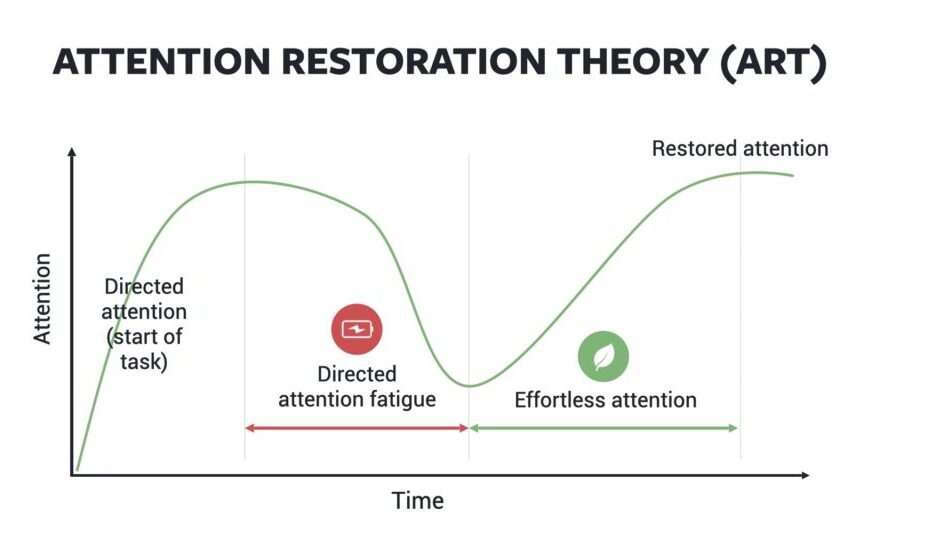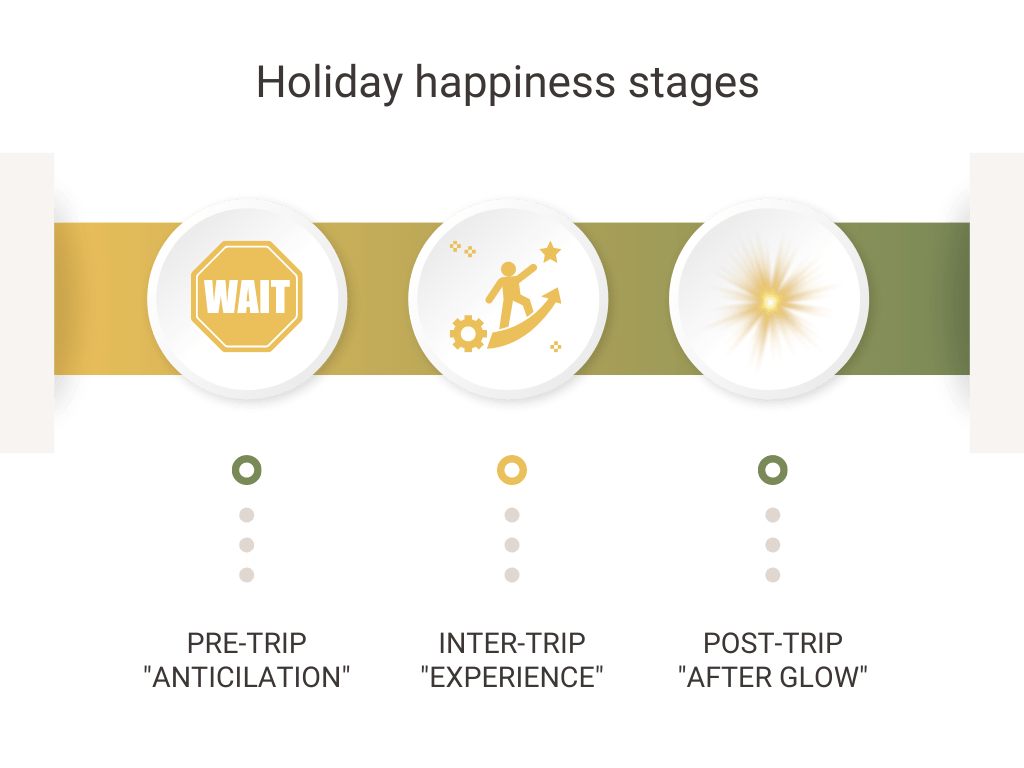Holidays' influence on physical and mental health (scientific research based)
This post is based on 3 research articles that explain the influence of holidays from different angels:
Happiness
Health restoration
Life expectancy
“Taking a break: Exploring the restorative benefits of short breaks and vacations.” Backer (2022)
“Happiness Through Vacationing: Just a Temporary Boost or Long-Term Benefits?” Nawijn (2010)
“Associations of vacation time with lifestyle, long-term mortality and health-related quality of life in old age: The Helsinki Businessmen Study.” by Strandberg et al. (2017)
What is a holiday (= vacation)?
Let’s start by defining what a holiday is as people might associate the word with paid time off work or having a long weekend due to national holidays which are perfect times for cleaning the house, visiting parents or doing some shopping.
So, there it goes:
“A holiday is a period of time during which an individual takes a break from their regular work or daily routine in order to rest, relax, and engage in enjoyable activities. Holidays can take many different forms, ranging from short weekend getaways to longer trips lasting several weeks or more. The specific nature of a holiday can vary widely depending on the individual’s preferences and circumstances.”
It can be argued that holidays should be a public health resource.
Long holidays
2 – 7 weeks
Medium-lenght holidays
1-2 weeks
Short breaks
2-6 days
Health restoration
Restorative benefits include reduced stress levels, improved mood, increased focus and attention, enhanced creativity, and improved overall health and well-being.
The specific restorative benefits of a given activity or break may vary depending on factors like the individual’s personal preferences, the nature of their work or daily routine, and the specific environmental or situational factors that are impacting their well-being.
One needs to be in a restorative environment that would enhance the restoration process.
What are restorative environments?
Most of the existing research on restorative environments is based on the framework of Attention Restoration Theory. This theory posits that the capacity to continually focus attention on a particular task or activity is reduced or lost through mental exhaustion. This state is referred to as “directed attention fatigue”, and can result in diminished ability to accurately perform cognitive tasks, and to effectively regulate emotions.

To be able to restore attention, we need restorative environments, of which, natural phenomenas are the most powerful. Philosophically, nature has long been seen as a source of peace and energy, yet the scientific community started rigorous testing only as recently as the 1990s.
The environment that fits ones needs can always differ, may it be in the nature, at home or in a buzzing city. Having said that, it would fall into one of the 4 below concepts:
FASCINATING
The ability of an environment to generate “wow” in people.
“The view from a mountain top during a hike”
BEING AWAY
Being physically or mentally distanced from the demands of everyday life.
“Any place that is not the home (city)”
EXTENT
The environment has sufficient content and structure to occupy the mind for an extended period of time.
“The wind blowing into the trees while the river is flowing and the sun is setting on the horizon”
COMPATIBLE ENVIRONMENTS
The environment provides a good fit with one’s purposes or inclinations.
“Skiing in the Alps”
How to RESTORE yourself ?
This is according to the Attention Restoration Theory!
- Choose an environment that allows you to feel removed from your normal daily routine and obligations, while also feeling comfortable and safe in your surroundings;
- Avoid environments that feel confusing, chaotic or overly busy;
- Spend time in “soft fascination” activities that hold your attention effortlessly while allowing some headspace for engagement in reflection, for example, relaxing in nature;
- Intentionally detach from work during the holiday;
- Limit the amount of time spent in work-like activities (e.g., shopping, cleaning, driving, using a phone or computer);
- Avoid situations that are likely to lead to feelings of discord or tension, e.g., interpersonal conflict, heavy traffic, tight schedules;
- Try to manage the return-to-work environment in such a way that you don’t return to a large or overwhelming build-up of work;
- Consider taking multiple short breaks throughout the year, rather than a single longer vacation.
Holidays and happiness
Tourism experiences may add to individuals’ happiness in two ways.
First of all, the holiday itself influences happiness through “waiting” for it, then via experiences during the holiday and finally, through “after glow” when people have fresh memories and emotions and speak about the holiday with others. The post-tip “glow” would, however, only happen when the holiday had positive experiences.

Secondly, tourism experiences may contribute to happiness in everyday life through more indirect mechanisms, such as memories from of holidays enforced by physical objects such as photographs and souvenirs, mental storage through affections and enrichment through social networks and speaking about old memories.
Holidays have a positive effect on happiness, but research shows that holidays do not increase people’s sense of well-being in the long run. The effect of holiday trips on happiness is only short-lived and do not have a sustained effect on general happiness.
If one wants to boost their happiness by means of holidays, one has to take many holidays, in order to enjoy many short-lived periods of increased happiness.
Holidays influence on health in the long term
A study from the European Society of Cardiology tracked more than 1,222 middle-aged male executives born in 1919 to 1934 over 40 years. Participants had at least one risk factor for cardiovascular disease (smoking, high blood pressure, high cholesterol, elevated triglycerides, glucose intolerance, overweight) and were randomised into a control group (610 men) or an intervention group (612 men) for five years. The intervention group received oral and written advice every four months to do aerobic physical activity, eat a healthy diet, achieve a healthy weight, and stop smoking. When health advice alone was not effective, men in the intervention group also received drugs recommended at that time to lower blood pressure (beta-blockers and diuretics) and lipids (clofibrate and probucol). Men in the control group received usual healthcare and were not seen by the investigators.
There was another study done in the U.S. which speak about “Vacation Deficit Disorder,” or the relationship between a lack of vacation and depression and vice versa. The study found that Americans suffering from a “vacation deficit” are nearly two times as likely to show signs of moderately severe to severe depression compared to the national average.

